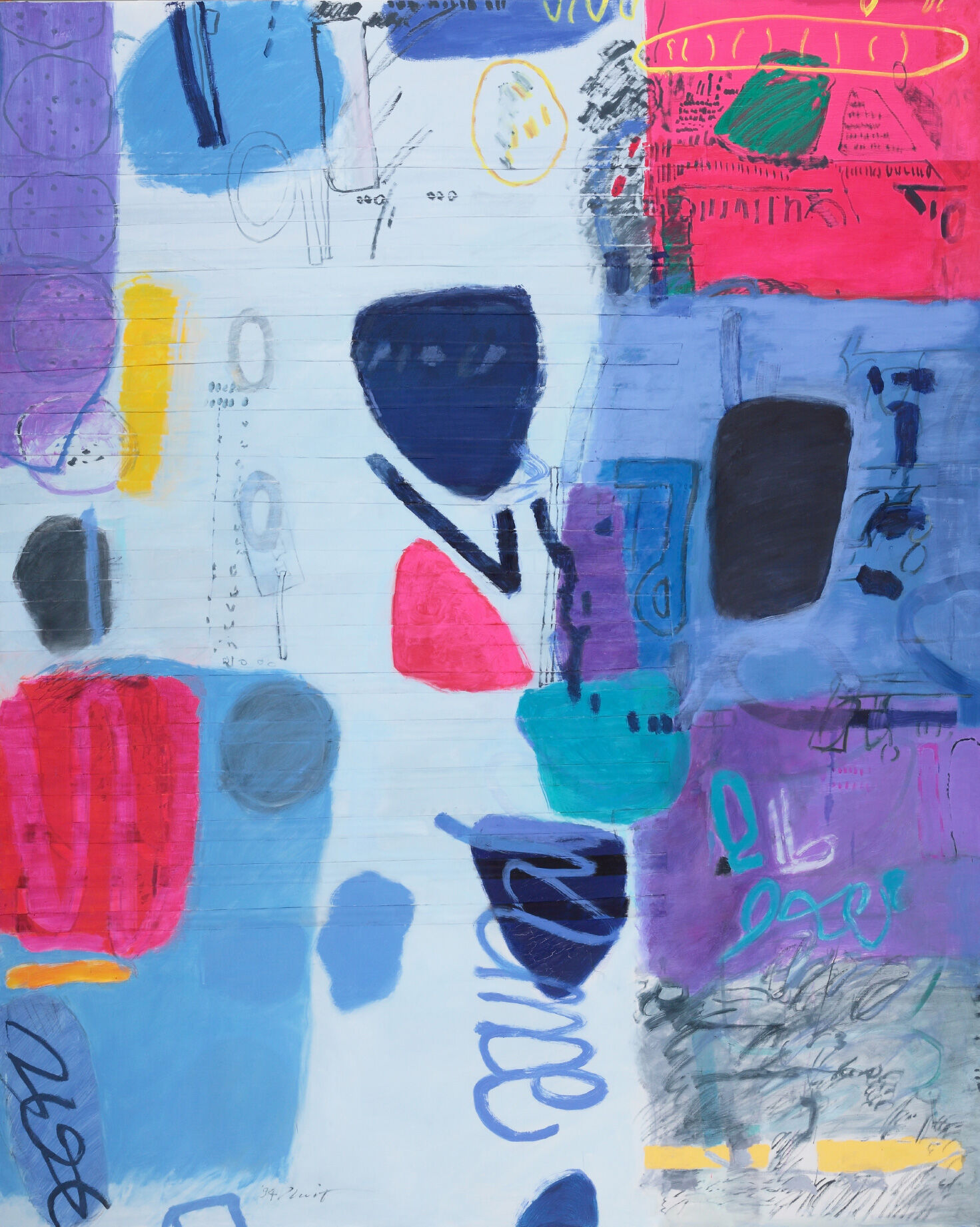SANO Nui[1932-2023]
SANO Nui was born in 1932 in Hirosaki City, old and historical city in Tsugaru region, to a family that owned a confectionery shop. Inside the shop was a tearoom where classical music played, and writers and painters—friends of Sano’s father, who published coterie magazine in addition to running the family business—gathered. Thus, by her own account, Sano spent her childhood in a cultured environment, with her father teaching her traditional Tsugaru folk songs as well as the recitation of modern French poetry.
While studying at a girls’ school, Sano became captivated by the Western films that were once again permitted to be screened in Japan following the end of World War II, especially French films from the 1930s. Seized by a desire to travel to France and paint the streetscapes of Paris, she decided to take her first step toward Paris by moving to the slightly closer Tokyo, enrolling in Joshibi University of Art and Design, Private Women's School of Fine Arts in 1951.
New trends were pouring into Tokyo from overseas during the immediate postwar period, with a flurry of innovative artistic activity emerging in response. After graduating, Sano remained at the university and began her career as a painter. Concrete subjects eventually disappeared from her works as she developed her own unique style of composition with contrasting colors. Various colors and shapes reverberate across the canvas while nuanced lines of the brush create movements and rhythms, some rapid and some slow.
The core of Sano’s art and her main focus is the color “blue.” As she herself has often explained, blue is an extremely wide-range color, from brighter, clearer hues to darker, duller shades. There are also many different blue paints, including cerulean, indigo, and ultramarine. Using these various “blues,” Sano paints shapes and lines on the canvas, some bold and some more delicate. With the addition of other colors such as red, white, yellow, and black, the different colors, shapes, and lines join and overlap, producing rhythms and harmonies. These rhythms and harmonies draw the viewer into the work, but if you look closely, you will notice that many of the shapes and lines are not painted evenly with a single color. Instead, the paint is sometimes built up in thick coats and sometimes applied thinly so that the color underneath shows through. There are fine lines painted with light touches and thick lines painted with heavy strokes. Some surfaces have a smooth and glossy finish, and others were left rough and uneven by the brush. These colors, shapes, lines, and textures come together to create a jam session that resonates throughout the work.
Since graduating from university, Sano has presented her work at many exhibitions, especially those of the Shinseisaku Society and the Women Artists Association, and held solo exhibitions both in Japan and overseas. She has also continued to instruct younger artists at her alma mater and served as president of the university from 2007 to 2011. In addition to the Aomori Museum of Art and the Hirosaki City Museum in her native Aomori, her works can be found in the collections of the Museum of Modern Art, Kamakura & Hayama, and many other museums nationwide.

《Blue History》
1965
oil on canvas
130.5×162.0cm

《Paper Gun Z》
1991
oil on canvas
162.0×162.0 cm

《Blue Note Composition》
1994
oil on canvas
212.0×182.0 cm

